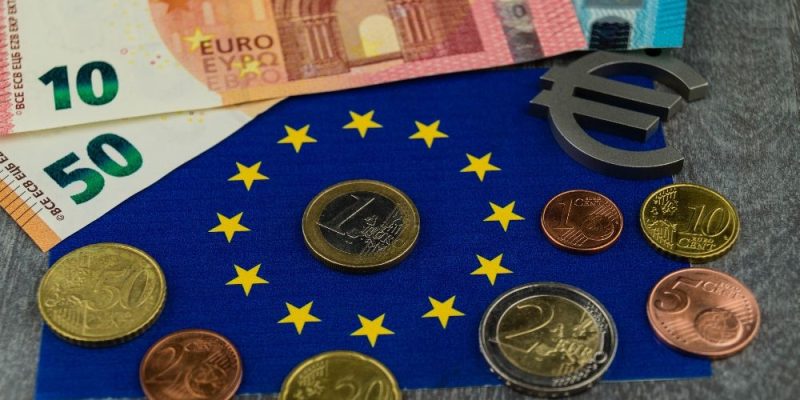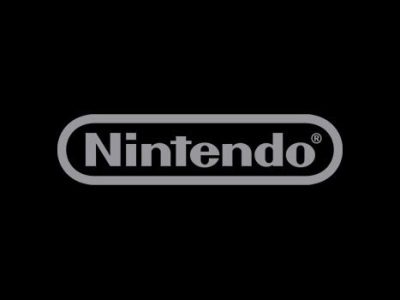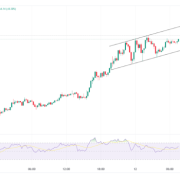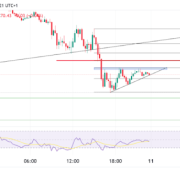
Recent data from Eurostat indicates a notable rise in inflation within the eurozone, hitting 2% in October, which exceeds the 1.9% projected by economists surveyed by Reuters.
Additionally, September’s figures were revised from 1.8% to 1.7%, disappointing market forecasts.
Key contributors to this upward trend include significant increases in the prices of food, alcohol, and tobacco, which rose from 2.4% to 2.9%.
Sector core inflation, which excludes more volatile categories like energy, stayed steady at 2.7%, slightly above the expected 2.6%.
Regarding services inflation, which reflects domestic price pressures, it held firm at 3.9%. Following the release of these figures, the euro saw a slight gain of 0.15% against the U.S. dollar, climbing to $1.087—its highest level in two weeks.
Implications for monetary policy
These latest inflation numbers are crucial for the European Central Bank (ECB) as it considers its options at the upcoming December meeting.
After implementing three rate cuts this year, each by a quarter-point to reduce the key rate from 4% to 3.25%, markets are now anticipating an additional 25-basis-point cut.
However, the rise in inflation may lead to discussions about a more considerable cut of half a percentage point.
Evaluating growth and economic conditions in the Euro Zone
In addition to inflation, economists are intently watching the eurozone’s growth performance. Data indicating a 0.4% increase in the third quarter, which is above expectations, comes amid continued concerns about future economic challenges.
At a recent October meeting, the ECB voiced optimism about the current disinflationary trend while keeping cautious about potential eurozone economic slowdowns.
The mix of rising inflation, stable core price levels, and strong inflation in the services sector underscores the complex economic environment of the eurozone.
Market players will carefully assess how these developments might affect monetary policy decisions, particularly in terms of interest rates and the region’s overall economic health.
Euro Zone inflation trends: Market Analysis
Recent comments to CNBC have highlighted a considerable spike in eurozone inflation, which reached 2% in October. Investors and analysts have been paying close attention to this fast growth.
The surge, which exceeded expectations, emphasizes the fundamental need to regularly monitor pricing changes in essential categories such as food, alcohol, and tobacco, all of which contributed significantly to the increase.
Furthermore, the stability observed in core inflation and services contributes significantly to our understanding of the region’s economic situation.
The implications of this data for monetary policy are substantial, particularly as financial markets watch for potential responses from the European Central Bank (ECB) to the latest increase in inflation. Speculation around
This environment of rising inflation, combined with reassuring signs from other economic indicators, creates a complex backdrop for the ECB’s next moves and helps us gauge how these decisions might influence the euro zone’s overall economy.
Additionally, these insights emphasize the necessity of not only focusing on current inflation rates but also on the region’s economic growth.
Although the eurozone recorded a 0.4% expansion in the third quarter—outpacing expectations—concerns linger about potential vulnerabilities on the horizon.
In light of this, the ECB has voiced confidence in the disinflationary process, while also emphasizing the significance of maintaining a careful balance in the face of any future economic challenges in the eurozone.
The post Eurozone inflation climbs to 2% in October: what’s next for monetary policy? appeared first on Invezz











